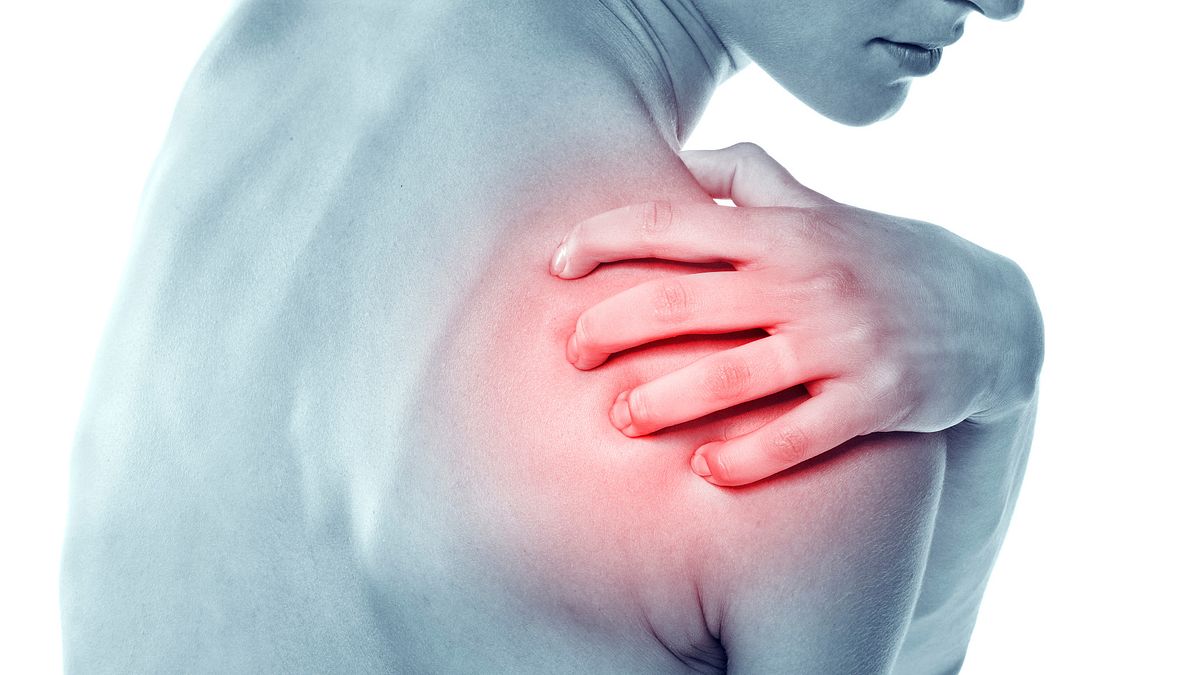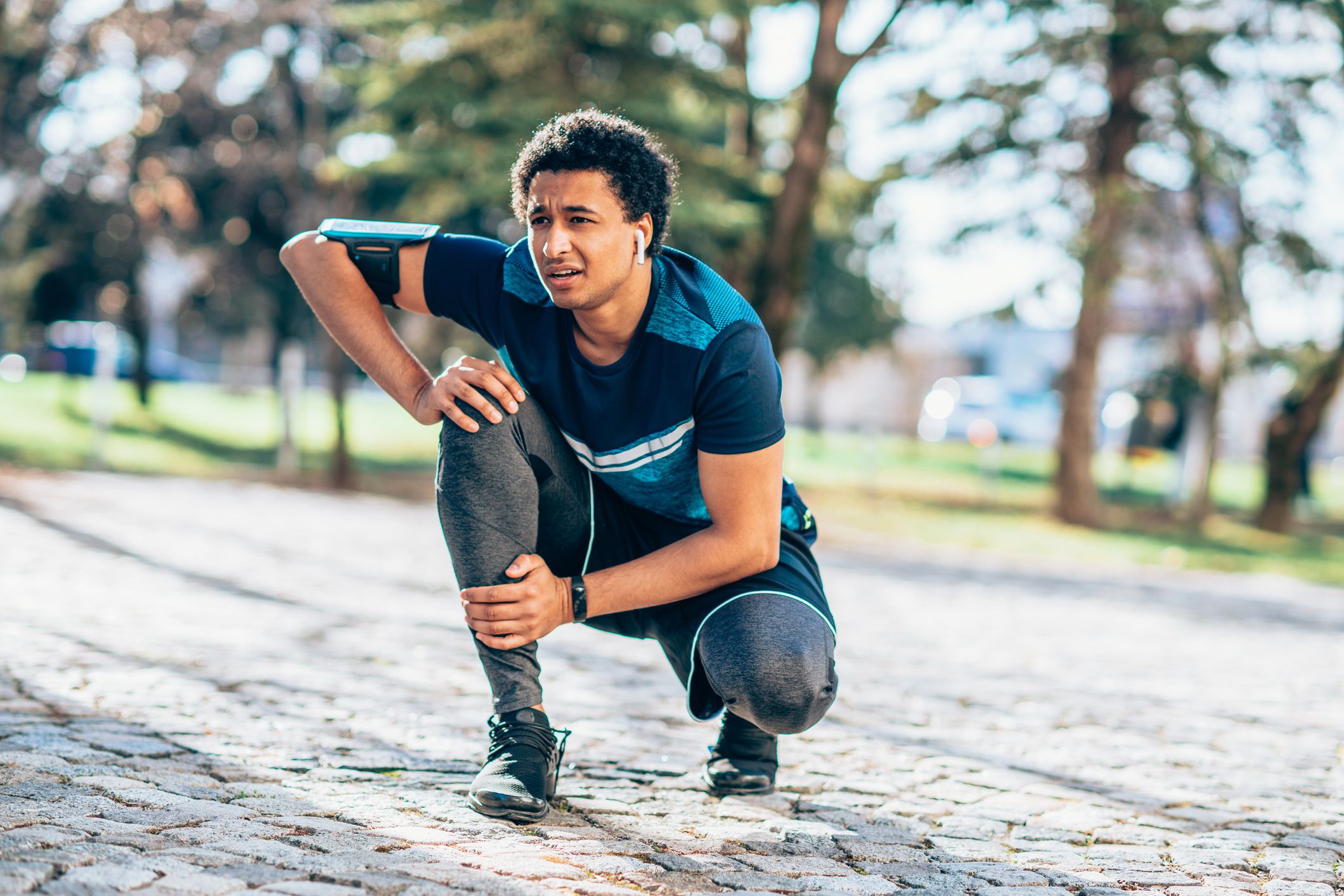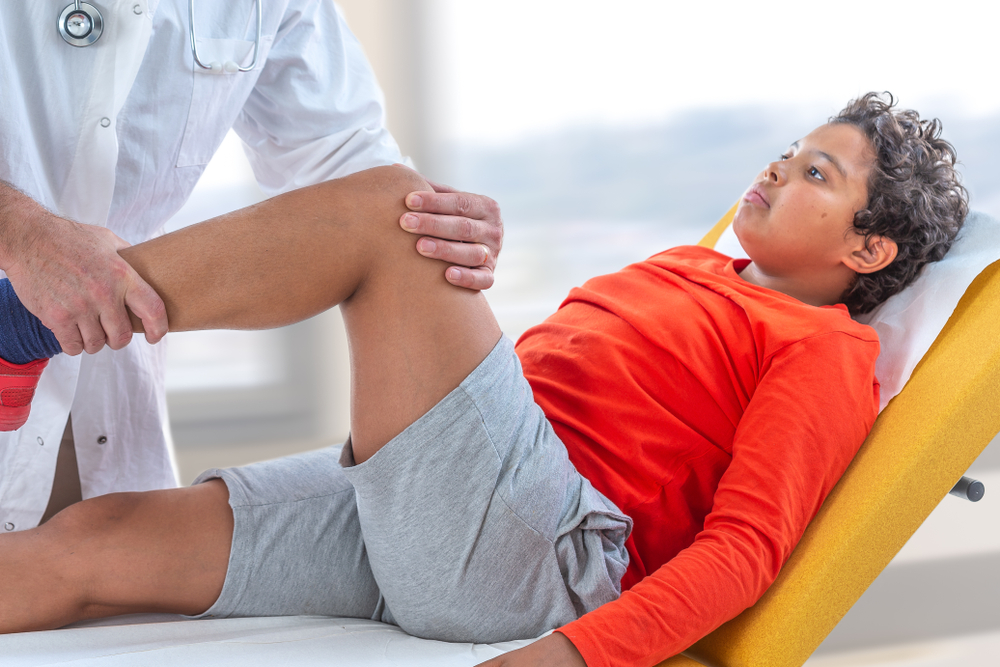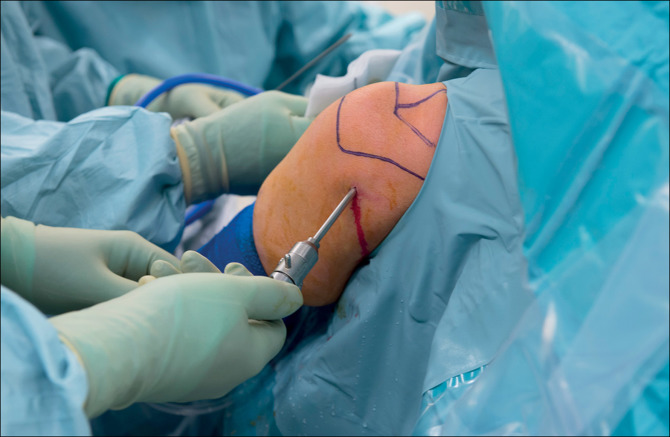Golfer’s elbow occurs when the forearm tendons tear and become inflamed. It often results from overuse or repetitive motions. Treatment options include rest, specific exercises, medication, and surgery.
Medial epicondylitis, also known as “golfer’s elbow,” is a common sports injury, although
Golfer’s elbow occurs when forearm tendons tear, leading to inflammation and pain inside the elbow. It can result from repetitive motion, overuse, or tendonitis.
This article outlines treatment options for golfer’s elbow, including pain-relief medications, exercises, and surgery. It will also discuss recovery time.
What is the goal of the treatment?
The treatment for golfer’s elbow aims to:
- relieve pain
- improve function
- reduce inflammation
- prevent further injury
- improve range of motion
After diagnosing golfer’s elbow, doctors usually recommend avoiding activities that may aggravate it. However, this may be difficult for people with certain occupations or athletes.
Doctors may recommend various treatments for golfer’s elbow, which we outline in the following sections.
Rest and support
People should aim to
Braces that people can wear around the elbow or on the forearm may take the strain off the muscles, but it is unclear whether or not this helps. People can ask a healthcare professional or pharmacist how to wear a brace or epicondylitis clasp
Exercises
Stretching and stretching exercises may improve flexibility and speed up the healing process.
Eccentric exercises involve simultaneously stretching and strengthening the flexor muscles of the forearm. Some exercises require weights, but they must not be too heavy. A 2018 article suggests using weights of around
A person can undertake these exercises actively by carrying them out themselves. Alternatively, they can ask a physiotherapist or training partner to perform them, which refers to passive exercise.
Medication
Medications may help relieve pain and reduce inflammation. They include the following.
Nonsteroidal anti-inflammatory drugs (NSAIDs)
NSAIDs, such as ibuprofen and diclofenac,
However, NSAIDs are unsuitable for long-term use, as they can cause stomach ulcers and kidney damage. People can apply them to the elbow as a gel or patch or take them in tablet form.
There is no evidence that NSAIDs speed up the healing process.
Adults can take NSAIDs in doses of

Acetaminophen
Acetaminophen may also alleviate the pain of golfer’s elbow. However, people should not use acetaminophen for long periods and avoid taking it if they drink heavily or have liver damage.
For adults, the maximum daily dose of acetaminophen is
Elbow injections
Doctors may also prescribe injections to treat the affected elbow if a person’s pain is severe and other treatments are ineffective. Injections may cause side effects, including tissue damage and pain at the injection site.
Injection types
- steroids
- hyaluronic acid
- Botox
- autologous blood injections
Surgery
In severe cases, and if a person’s pain has not resolved within
In this procedure, a surgeon makes an incision along the elbow and then cuts the flexor tendon. The surgeon then removes any damaged or scarred tissues and bone spurs if they are present. Sometimes, they will attach the loose end of the tendon to nearby tissues. Finally, they will use stitches to close the wound.
Recovery time from surgery, benefits, and risks
There have been few studies into this surgery, but one small study found that
Doctors usually only recommend surgery when conservative treatments are ineffective.
As with all surgery, there are some risks, such as infection at the incision site. There is also the risk that the surgery will be unsuccessful.












